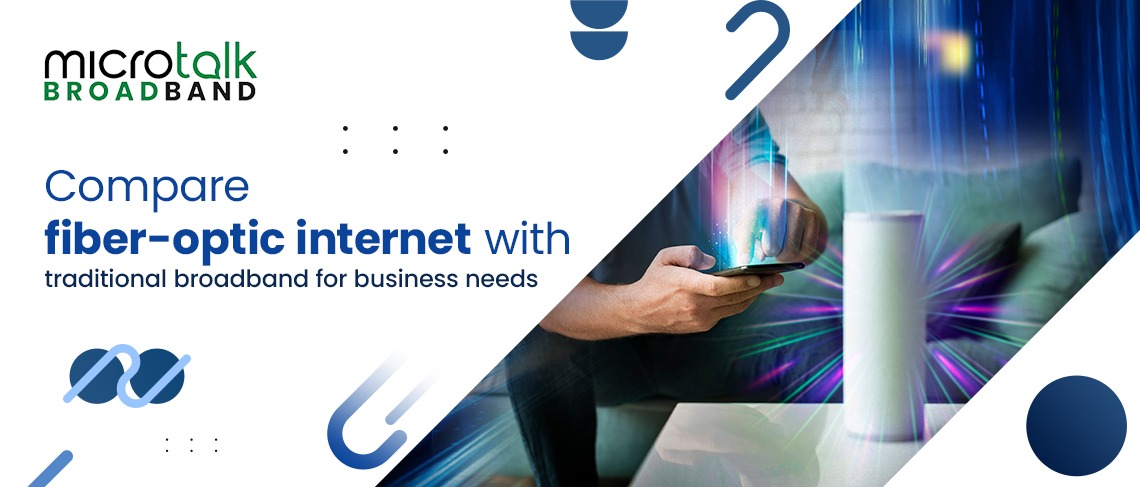
When it comes to walking a hit enterprise, the proper net connection can make all of the distinction. Whether it is seamless video conferencing, coping with cloud-primarily based systems, or ensuring uninterrupted customer support, your net desires to keep up with the demands of your operations. That's why many agencies are now thinking about whether to stay with reliable business broadband in Kolkata or upgrade to fiber-optic internet. This web blog will help you examine the variations between fiber-optic net and traditional broadband, that specialize in business desires like speed, reliability, scalability, value, and safety. By the stop, you will have a clear know-how of which alternative will aid your enterprise.


